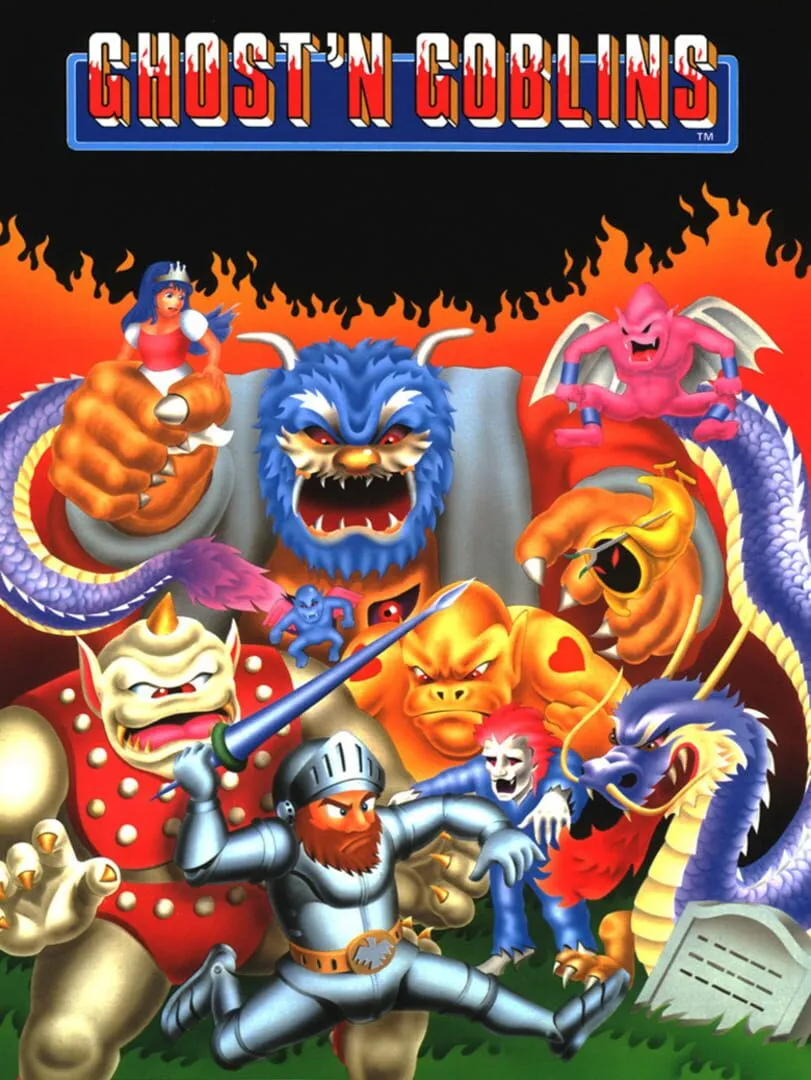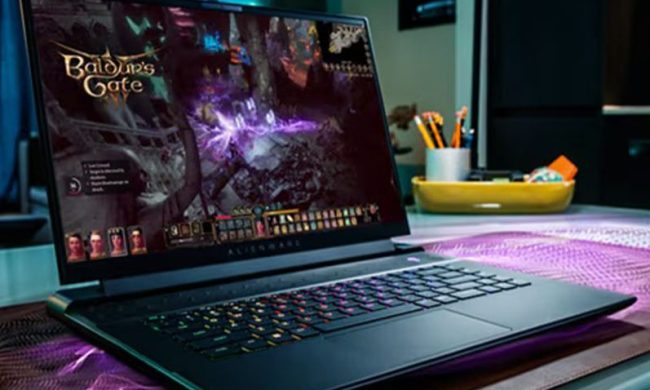It wasn’t the first console created, but the NES was most people’s first exposure to home video games and was responsible for pulling the entire industry out of a crash. This is where some of the most iconic video game franchises got their start, and many of the best games of all time come from this humble system. Although the best Switch games have highlighted some of Nintendo’s strengths, Nintendo’s dedication to the craft began here.
From games like Super Mario Bros. to Legend of Zelda, the NES has a game suited for any and all players’ tastes. Although there are many different games, we have listed a few of the top selections based on their genre. See if your childhood favorite makes it on the list, and take a look at the best NES emulators to play on your phone if you want to relive any of these classics in a convenient way.
Action
Vice: Project Doom

Contra

Jackal


Rygar

Adventure
Maniac Mansion

Action-adventure
Castlevania


Castlevania III: Dracula's Curse


Castlevania II: Simon's Quest


Metal Gear

Ninja Gaiden II: The Dark Sword of Chaos


Ninja Gaiden


Metroid


Arcade shooter
Life Force

Gradius


Duck Hunt


Beat ’em up
Kung-Fu Master

Double Dragon II: The Revenge


Platformers
Super Mario Bros. 3


Super Mario Bros. 2


Mega Man


Ghosts 'n Goblins


Blaster Master


Kid Icarus


A Boy and His Blob


Adventure Island II


Batman: The Video Game

DuckTales

Little Nemo: The Dream Master

Bubble Bobble


Kirby's Adventure


Mega Man 2


Super Mario Bros.


Puzzlers
Tetris

Lode Runner


Racing
R.C. Pro-Am

Excitebike


Role-playing games
The Legend of Zelda


StarTropics


Dragon Quest


River City Ransom


Faxanadu


Zelda II: The Adventure of Link


Final Fantasy II


Crystalis


Dragon Quest III: The Seeds of Salvation


EarthBound Beginnings


Final Fantasy


Sports
Tecmo Super Bowl

R.B.I. Baseball

Mike Tyson's Punch-Out!!





